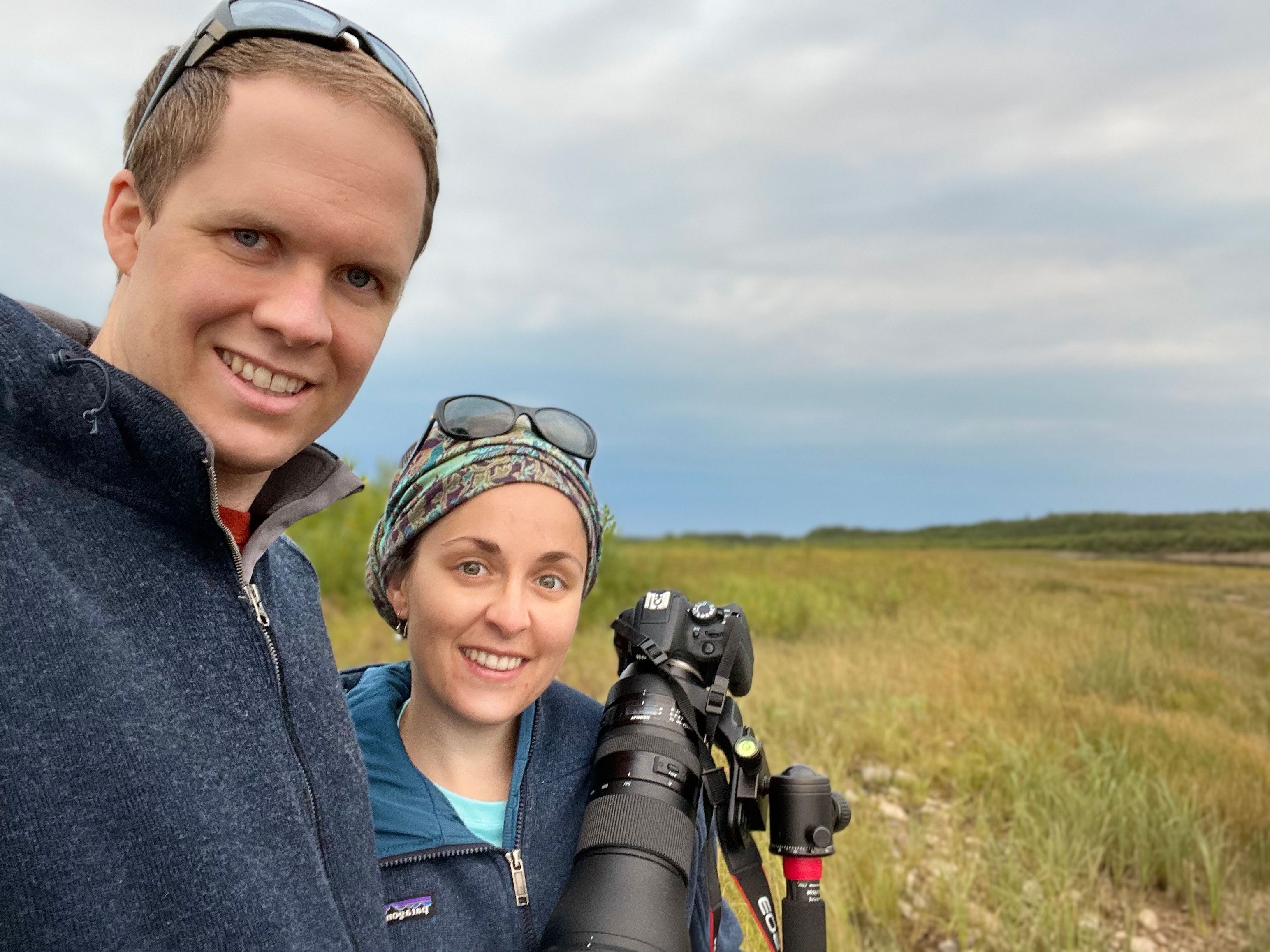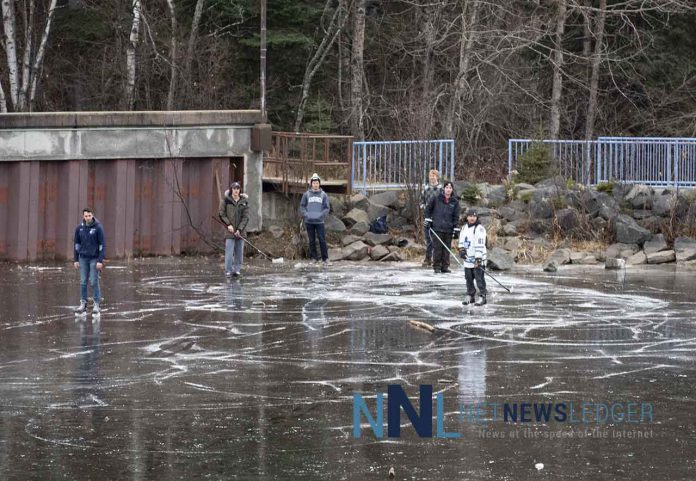by Tracey Skehan
THUNDER BAY – Living – We can see eagles, hawks, and seals from our backyard,” Jacob Vander Ploeg says.
Jacob (BScN’13) and his wife Meagan (Meg) (BScN’11) are fellow nursing grads living in the fly-in community of Attawapiskat First Nation, Ontario, on the edge of James Bay.
The couple work for the Weeneebayko Area Health Authority (WAHA)—a health-care network that supports communities along the James Bay and Hudson Bay lowlands. Jacob is the director of patient care while Meg is WAHA’s pandemic task force coordinator and staff educator. She and Jacob met in church while the two of them were Lakehead students.
“My Christian faith is the foundation of my life,” Meg says. “I also enjoy crocheting while Jacob reads books by the fire. My friends joke that we are practicing for our eighties.”
“I’ve always been involved in church life,” Jacob adds. “Right now, I’m pursuing a master’s degree in divinity.”

After Jacob graduated from Lakehead, the newlyweds began looking for nursing positions in Thunder Bay, but there weren’t any openings.
“We applied for nursing and personal support worker jobs across the province without success,” Jacob says, “so we reached out about nursing station positions.”
In the winter, Meg and Jacob drive 10 hours on ice roads before reaching a paved highway that takes them to stores where they can buy supplies and groceries.
This led to jobs in Moose Factory, Ontario, at WAHA’s Weeneebayko General Hospital.
“I started as an inpatient department nurse and then cross-trained to the emergency room and obstetrics,” Jacob says. “I also became our Ontario Nurses’ Association bargaining unit president and an advanced cardiovascular life support instructor for the Heart and Stroke Foundation.”
Meg worked as an operating room nurse and then became a non-violent crisis intervention course instructor, which better fit her interests in administration and advocacy. This opened the door for her to become WAHA’s staff educator in 2017. Then, in 2018, they moved to WAHA’s short-staffed Attawapiskat Hospital.
“At that point, though, the director of patient care position was vacant, so they asked me to apply,” Jacob says. Meg remained the staff educator.
“I coordinate education for all of WAHA’s sites, so I was able to continue this role in Attawapiskat,” Meg says. “In February 2021 I also became their pandemic task force coordinator.”
Their willingness to try a different path has brought fulfilling careers.
“I feel like I can make a positive difference through staff development, and through that, patient care,” Meg explains. “In the north, a lot of social and political divides are muted—everyone goes to work in the same ugly rubber boots.”
Jacob has become adept at managing the hospital’s nurses, nurse practitioners, health-care aides, and registration staff.
“I don’t think I’d have become the top health care person for a community at the age of 26 if I was in the south, but if you’re good at your role, you advance quickly here.”
Their adopted home has given Meg and Jacob a deep sense of fellowship.
“People often come up north because they’re adventurous, they care about others, and they want to invest in the community. Those are great people to have around,” Meg says.
Reprinted with permission from Lakehead University Alumni magazine.






